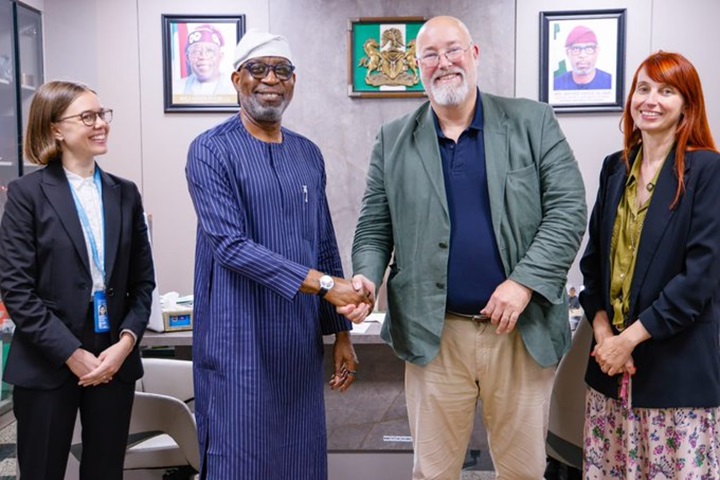Analysis
10 African countries with best electricity access

Access to reliable electricity is a crucial driver of economic growth and development.
In Africa, several countries have made significant strides in improving their electricity infrastructure, ensuring a more stable power supply for their citizens.
The International Energy Agency (IEA) states that having “access to electricity” entails more than electricity delivery to households.
In addition, it stipulates that homes must utilize a minimum quantity of power, which varies according to whether the home is in an urban or rural area and rises with time.
Diaspora Digital Media takes a look at 10 African countries with the best electricity access
Mauritius
One of the standout performers in Africa is Mauritius, with nearly 100 percent of its population having access to electricity.
The country has invested heavily in renewable energy sources such as solar and wind, reducing its reliance on fossil fuels and ensuring a more sustainable power supply.
Egypt
Egypt, which shares borders with both the Mediterranean and the Red Seas, has 100 percent of its rural and urban population having access to electricity nationwide.
Egypt is becoming a leader in the renewable energy industry, with thermal and hydroelectric plants providing the majority of the nation’s electricity.
The nation is currently working on plans to connect to sub-Saharan Africa, the Middle East, and Europe to export excess electricity.
Morocco
With 100 percent of its rural and urban inhabitants having access to electricity, Morocco is one of the most electrified nations in Africa.
Major advances are presently underway with goals to expand the amount of renewables in the energy mix to 52 percent for solar and wind power by 2030.
Tunisia
Tunisia offers 100 percent national power availability for both rural and urban areas, meeting all of its domestic consumption needs.
The nation in North Africa currently gets the majority of its electricity from natural gas and plans to invest long-term in renewable energy, with a target share of 30 percent by 2023.
Algeria
Algeria’s national electricity availability rating of 99.8 percent, 99.6 percent in rural and 99.9 percent in urban areas places it among the most electrified nations in Africa.
96 percent of the nation’s installed capacity is derived from natural gas, with the remaining 4 percent coming from a mix of hydropower, wind, solar, and oil.
Gabon
Gabon enjoys a 91.6 percent power access rate. The percentage of people who have access to electricity in rural areas is 27.8 percent, and in urban areas is 98.6 percent.
Gabon intends to implement a sustainable energy mix that includes biomass, natural gas, and hydropower under the Gabon Emergent Policy to lessen its dependency on fossil fuels and increase access to electricity for the rural populace.
Ghana
Gas, thermal energy, and hydropower energy make up the majority of Ghana’s electrical mix.
At now, the nation’s rate of electricity access stands at 85.9 percent, with 74 percent of access occurring in rural regions and 94 percent in urban areas.
South Africa
The majority of South Africa’s energy is currently produced by coal, with 84.4 percent of the country’s population having access to electricity overall—75.3 percent in rural areas and 88.8 percent in urban areas.
The nation aims to diversify its energy sources and is increasing research and development in renewable energy to lessen its dependency on coal and increase access.
Botswana
The nation’s overall power access rate is 72 percent, with 90.7 percent of urban areas and 26.4 percent of rural areas having access to it. To meet its ambitious 2030 goal of having 100 percent of the population have access to power, the nation is making use of its vast wind and solar energy resources.
Kenya
Kenya has the highest national power access rate in East Africa, at 71.4 percent, with 62.7 percent of the population living in rural regions and 94 percent in urban areas. Hydropower, geothermal energy, wind power, solar power, and biomass make up Kenya’s energy mix.
For Diaspora Digital Media Updates click on Whatsapp, or Telegram. For eyewitness accounts/ reports/ articles, write to: citizenreports@diasporadigitalmedia.com. Follow us on X (Fomerly Twitter) or Facebook











